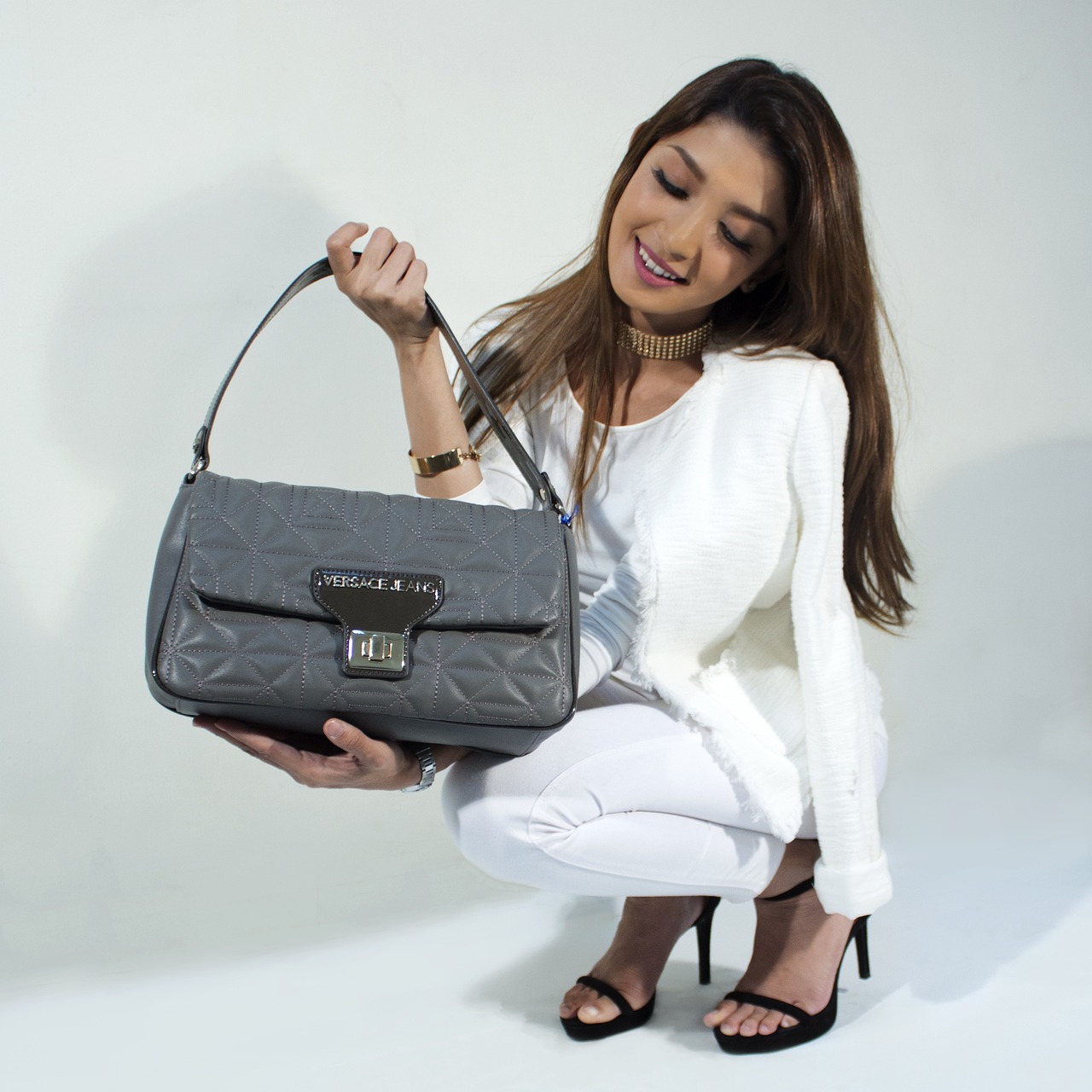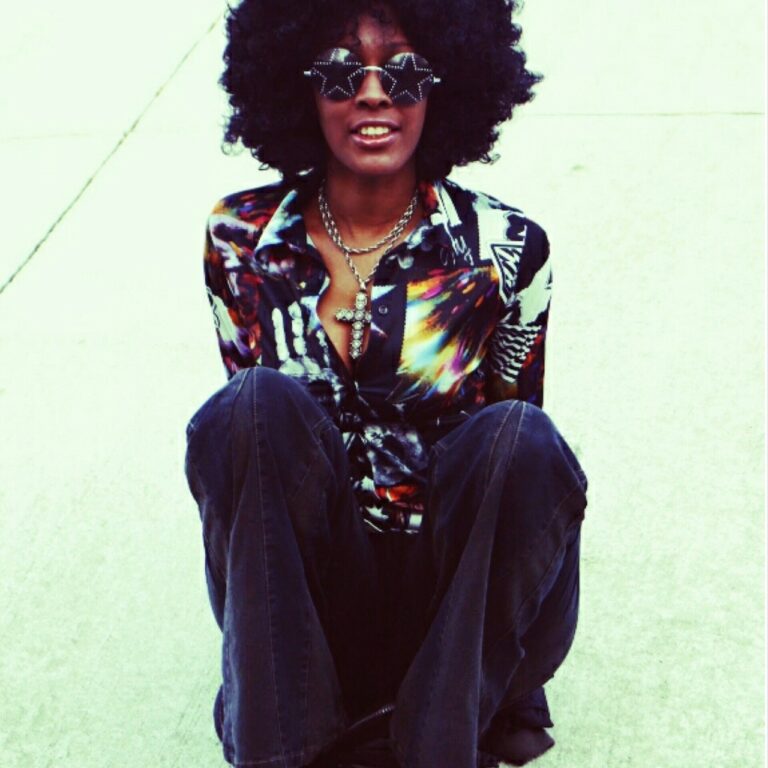The Impact of Fashion Trends on Formal Wear Manufacturing: Fast vs. Slow Fashion
11xplaypro, the tiger 247 login, betbook login:Fashion trends have always played a crucial role in shaping the manufacturing and design of formal wear. With the rise of fast fashion, the industry has witnessed a significant shift in how formal wear is produced, marketed, and consumed. In contrast, the slow fashion movement has emerged as a response to the negative impacts of fast fashion, emphasizing sustainability, ethical production practices, and timeless designs. In this article, we will explore the impact of fashion trends on formal wear manufacturing, comparing the pros and cons of fast fashion versus slow fashion.
The Rise of Fast Fashion
Fast fashion has revolutionized the way we consume clothing, offering trendy and affordable options that are quickly produced and readily available to consumers. This rapid production cycle allows retailers to keep up with the latest fashion trends, releasing new collections weekly or even daily. However, the fast fashion model has come under scrutiny for its detrimental effects on the environment, including water pollution, chemical use, and textile waste.
Furthermore, fast fashion often relies on cheap labor and exploitative working conditions in developing countries, leading to social and ethical concerns within the industry. Despite these drawbacks, fast fashion remains immensely popular due to its accessibility and affordability, driving demand for formal wear that follows the latest trends.
The Emergence of Slow Fashion
In contrast to fast fashion, the slow fashion movement promotes a more conscious and sustainable approach to clothing production. Slow fashion emphasizes quality over quantity, encouraging consumers to invest in well-made, timeless pieces that will last for years to come. This approach extends to formal wear, with slow fashion brands focusing on classic designs, natural materials, and ethical production practices.
While slow fashion may come at a higher price point, consumers are increasingly willing to pay for high-quality garments that are ethically produced and environmentally friendly. Slow fashion also encourages a more mindful approach to shopping, urging consumers to buy less and choose items that align with their personal style and values.
The Impact on Formal Wear Manufacturing
The influence of fashion trends on formal wear manufacturing is evident in both the fast fashion and slow fashion sectors. Fast fashion brands quickly replicate runway trends and produce affordable formal wear collections that cater to a mass market. These garments are often made from cheap materials and may lack in quality and craftsmanship, but they appeal to consumers seeking the latest styles at budget-friendly prices.
On the other hand, slow fashion brands take a more thoughtful approach to formal wear manufacturing, focusing on sustainability, transparency, and craftsmanship. These brands prioritize ethical sourcing, fair wages, and eco-friendly practices, producing formal wear that is designed to last and withstand changing trends.
FAQs:
Q: What are some examples of fast fashion brands?
A: Popular fast fashion brands include H&M, Zara, Forever 21, and Topshop.
Q: How can I support slow fashion?
A: You can support slow fashion by shopping from ethical and sustainable brands, investing in quality pieces, and practicing mindful consumption.
Q: Is fast fashion always bad?
A: While fast fashion has negative impacts on the environment and labor practices, some brands are making efforts to become more sustainable and ethical.
In conclusion, the impact of fashion trends on formal wear manufacturing is influenced by the contrasting approaches of fast fashion and slow fashion. While fast fashion offers trendy and affordable options that cater to mass market demand, slow fashion champions sustainability, quality, and ethical production practices. As consumers become more conscious of their purchasing decisions, the formal wear industry must adapt to meet changing expectations and values. Whether you choose fast fashion or slow fashion, remember that your choices have the power to shape the future of the industry.







